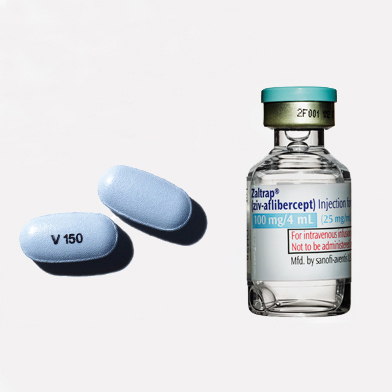wave3 | This story began December 1 at 5 p.m. with a phone call to our newsroom from a horrified University Hospital employee. The employee claimed security had just wheeled an elderly woman all the way out to the corner of Hancock and Ali, just off hospital property, dumped the woman out of the wheelchair on the sidewalk and left.
Minutes later, we shot video of her still in a soiled hospital gown and slippers, breathing hard under a blanket placed over her in 36 degree weather. Her stuff was in a bag next to her.
The caller claimed she saw this a lot.
So I started watching, and on December 16 at 7 p.m., 35 degrees outside, I recorded three security guards surrounding an elderly woman with a walker and slowly escorting her out of the emergency room.
She couldn’t move fast.
It took several minutes to make it all the way to the same corner of Hancock and Ali.
After they had her across the street off the hospital property, the security guards turned around and went back.
When they cleared I caught up to her. She said she couldn’t breathe.
“They told me I would not stay on the premises,” she said.
“Were you there as a patient?” I asked.
“I needed to be a patient because I’m sick,” she said.
“What’s wrong with you?” I asked.
“I’ve got COPD,” she said. “I got diabetes.”
“So they wouldn’t treat you?” I asked.
“The doctor talked to me for one minute,” she said.
“And told you what?” I said.
“That I had to leave,” she said.
“What reason did he give you?” I asked.
“He didn’t give me a reason,” she said.
She told me she was homeless.
“I’ve got to go because I’m hurting,” she said. “I’m in pain.”
Matthew Hauber and his mother claimed a similar story. They met us in front of Wayside Christian Mission in the spot where they said he was dumped in October.
“I was in a car crash,” Matthew said. “I completely shattered my hip and pelvis. I got like 30-some screws.”
“They said we can’t find a rehab right now,” Linda Hauber said.
She said when Norton Hospital told her they had a room lined up for Matthew at Wayside, she checked it out.
“I called Wayside just to confirm, and they said ‘No, we can’t do that, we can’t.’” Linda said. “‘We have beds and help find jobs, but we don’t take medically needy people, we don’t do that.’”
She said she then had a conference call with the hospital staff.
“The social worker said ‘We’re going to take him to a shelter’ and I said ‘Which one?’” Linda said. “And they said Wayside Christian Mission. And I said ‘Well I know that’s not true, because I called them and they don’t take them.’ Then the social worker said ‘That’s history, we’ll think of something else.’”
Ad
Linda said the next day, her son was unloaded from a transport vehicle on the curb in the rain on Jackson Street in front of Wayside.
“I thought ‘They’ve dumped my son...’ my garbage I have to put out to the curb, that’s how they dumped my son,” Linda said. “Like garbage.”
Linda said she was in no shape to care for him at home. She died after the interview with us.
“They put all their stuff on the sidewalk over there, dump them off on the sidewalk, get back in their vehicle and get out of here just as fast as they can,” Wayside staffer Perry Layne said.
Ad



